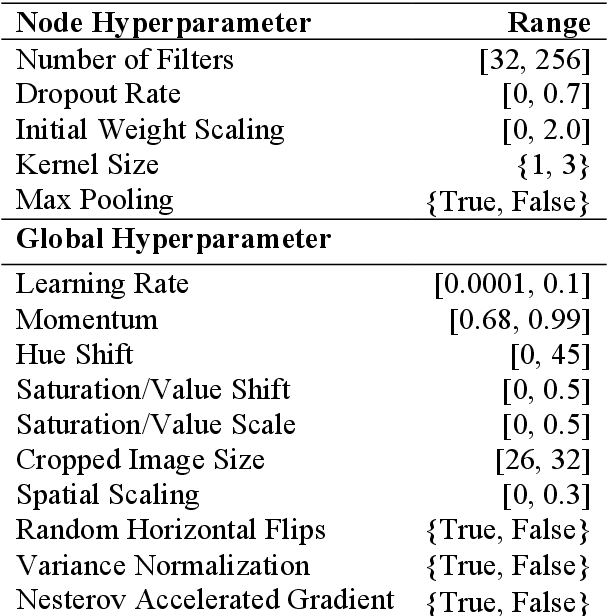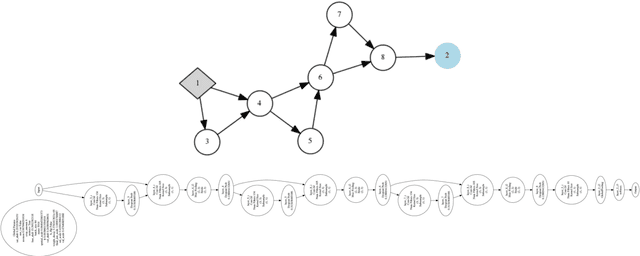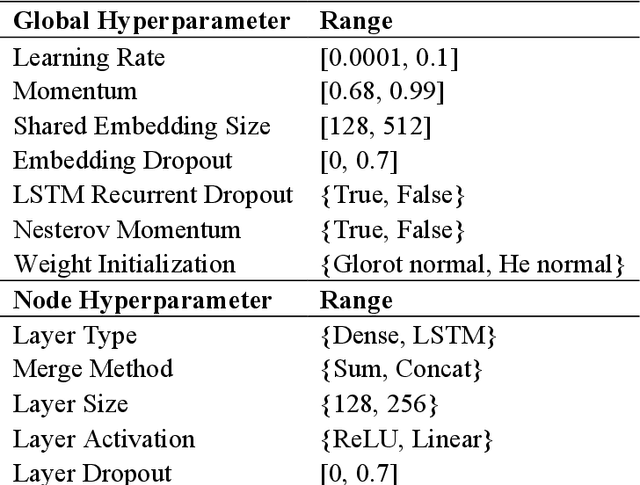Dan Fink
Evolutionary Neural AutoML for Deep Learning
Apr 09, 2019



Abstract:Deep neural networks (DNNs) have produced state-of-the-art results in many benchmarks and problem domains. However, the success of DNNs depends on the proper configuration of its architecture and hyperparameters. Such a configuration is difficult and as a result, DNNs are often not used to their full potential. In addition, DNNs in commercial applications often need to satisfy real-world design constraints such as size or number of parameters. To make configuration easier, automatic machine learning (AutoML) systems for deep learning have been developed, focusing mostly on optimization of hyperparameters. This paper takes AutoML a step further. It introduces an evolutionary AutoML framework called LEAF that not only optimizes hyperparameters but also network architectures and the size of the network. LEAF makes use of both state-of-the-art evolutionary algorithms (EAs) and distributed computing frameworks. Experimental results on medical image classification and natural language analysis show that the framework can be used to achieve state-of-the-art performance. In particular, LEAF demonstrates that architecture optimization provides a significant boost over hyperparameter optimization, and that networks can be minimized at the same time with little drop in performance. LEAF therefore forms a foundation for democratizing and improving AI, as well as making AI practical in future applications.
Evolving Deep Neural Networks
Mar 04, 2017



Abstract:The success of deep learning depends on finding an architecture to fit the task. As deep learning has scaled up to more challenging tasks, the architectures have become difficult to design by hand. This paper proposes an automated method, CoDeepNEAT, for optimizing deep learning architectures through evolution. By extending existing neuroevolution methods to topology, components, and hyperparameters, this method achieves results comparable to best human designs in standard benchmarks in object recognition and language modeling. It also supports building a real-world application of automated image captioning on a magazine website. Given the anticipated increases in available computing power, evolution of deep networks is promising approach to constructing deep learning applications in the future.
 Add to Chrome
Add to Chrome Add to Firefox
Add to Firefox Add to Edge
Add to Edge